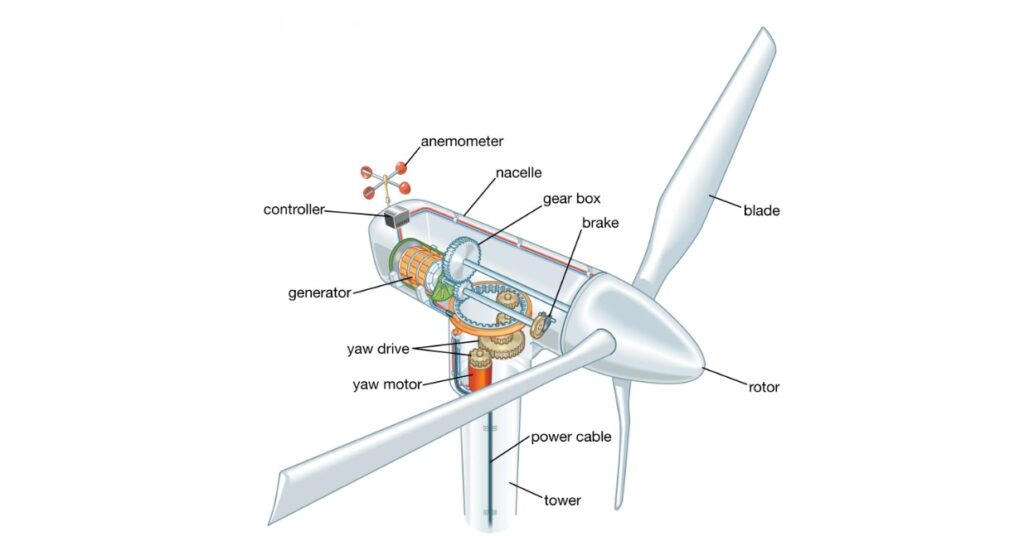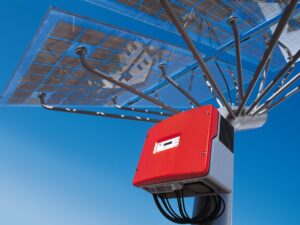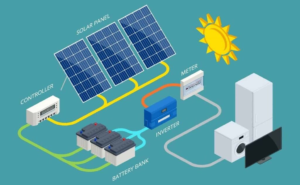Introduction
Accurate wind turbine modelling helps engineers to understand and access the impact of wind generation on power system stability.
With high wind penetration levels planned globally, the need for grid operators to quickly assess the impacts of wind generation on system stability has become critical.
In the planning phase, this assessment requires positive sequence time-domain analysis. This allows for the simulation of dynamic response of a power system to major disturbances.
The lack of suitable dynamic models for the wide variety of wind turbines available in marketplace has been an obstacle in performing accurate analyses. Western Electricity Coordinating Council (WECC) makes great efforts to develop industry-standard wind turbine models to address this issue.
Objectives
WECC modelling and validation working group initiated an effort to develop and validate a series of generic dynamic models for Wind Turbine Generator (WTG). The objectives of this efforts were to:
- Allow the performance of transient stability studies in the early stages of the interconnection process when WTG manufacturer may be undetermined
- Reduce WTG manufacturer confidentiality concerns with respect to proprietary aspects of dynamic models
- Improve the quality and usability of models, consistent with the level of accuracy expected in an initial system impact evaluation
Types of Wind Turbines
Below generic WECC models for four (4) major WTG topologies:
Type-1 WTG

This pitch regulated WTG drives a squirrel cage induction generator which couples and connect to the grid.
Type-2 WTG

This type of WTG is a variation on the Type-1, operating with variable slip. It utilizes a would rotor induction generator whose rotor winding is brought out via slip rings and brushes.
An external rotor resistor is electronically modulated to effect dynamic changes in machine’s torque-speed characteristics.
Type-3 WTG

The doubly fed induction generator (DFIG) or partial conversion, topology is WECC Type-3. This pitch-regulated turbine features a wound rotor induction generator with an AC/DC/AC power converter. Between the rotor terminals and grid, it connects the converter.
The generator stator winding directly couples to the grid. The power converter in the rotor circuit allows for independent control of generator torque and flux, providing fast active and reactive power control over a wide range of generator speeds.
Type-4 WTG

WECC Type-4 is the full conversion technology. This pitch-regulated turbine features an AC/DC/AC power converter through which processes the entire power of the generator.
The generator may be either induction or synchronous type. As with Type-3 WTG, the power converter allows for independent control of quadrature and direct axis output currents at the grid interface. This provides the fast active and reactive power control over a wide range of generator speeds.




